Best Timing for Foundation Repairs

Spring offers moderate temperatures and manageable moisture levels, making it an ideal time for foundation work.
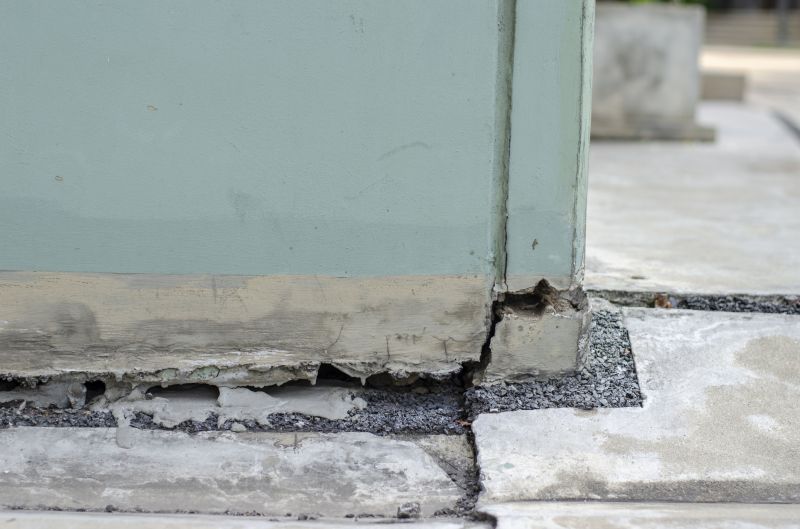
Summer provides longer daylight hours, but high temperatures and dry conditions can complicate repairs.

Fall's cooler weather and stable ground conditions can be suitable for foundation repairs before winter.
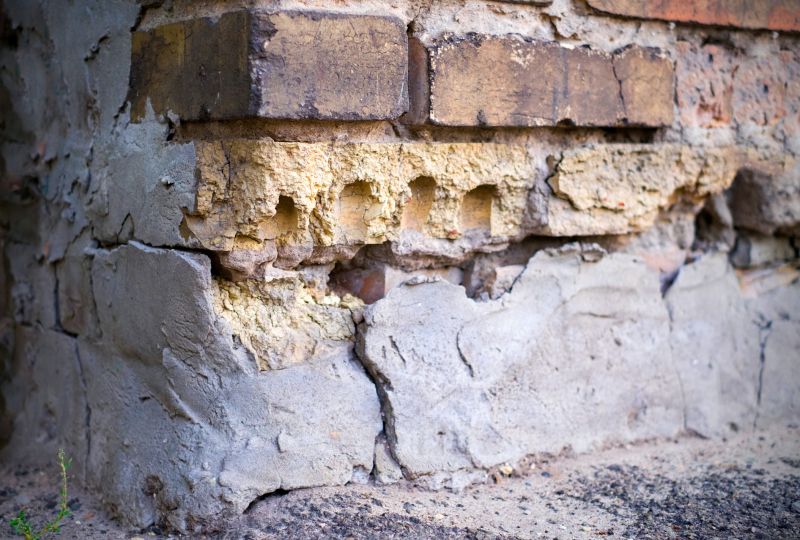
Winter is generally less ideal due to frozen ground and potential weather disruptions, but some repairs are possible.
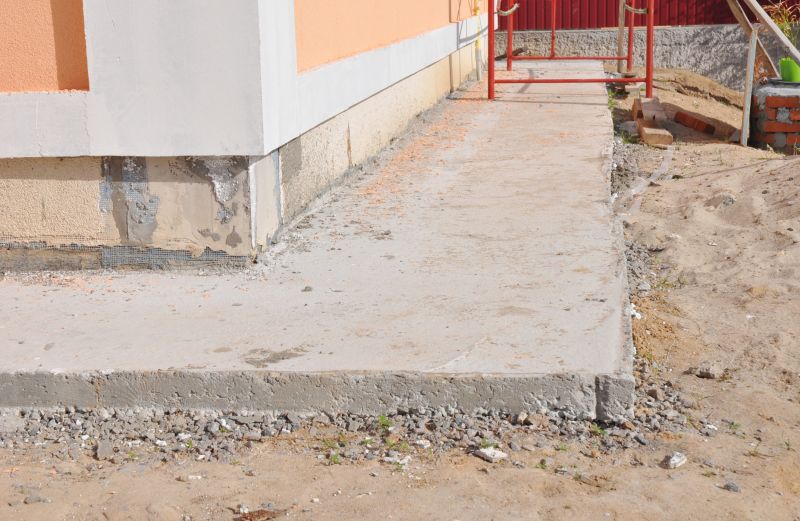
Regional climate impacts the timing of foundation repairs, with milder climates allowing more flexible scheduling.
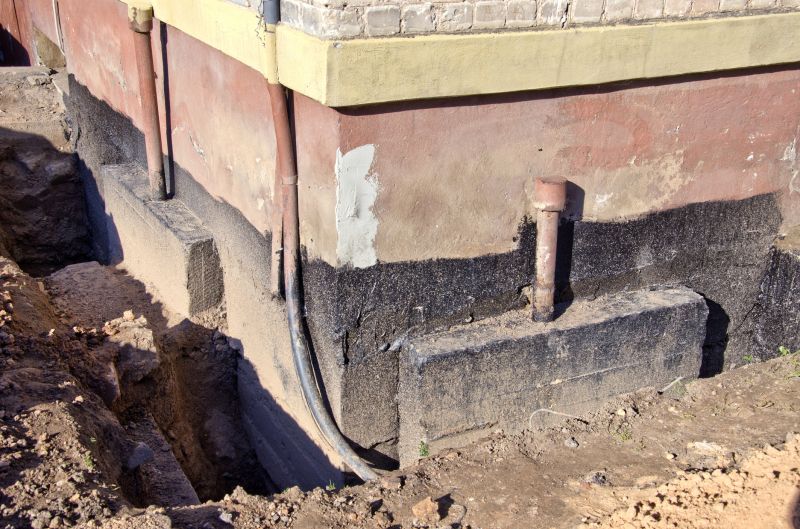
Soil moisture levels and ground stability are critical; repairs are best when soil is neither too wet nor too dry.
Foundation repairs are essential for maintaining structural integrity and preventing further damage. The timing of repairs depends on various factors including weather, soil conditions, and seasonal temperature changes. Proper scheduling ensures that repairs are effective and long-lasting.
Statistics indicate that foundation issues are most common in regions with significant seasonal temperature fluctuations and soil movement. Addressing foundation problems promptly can prevent costly repairs and improve the safety of the building. Understanding regional climate patterns and soil conditions helps determine the optimal time for repairs.
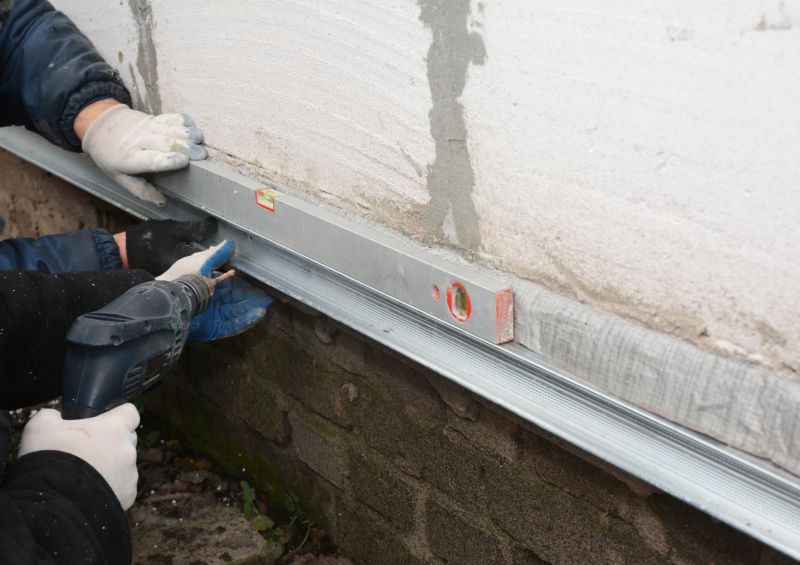
The process involves assessment, stabilization, and reinforcement to restore structural stability.
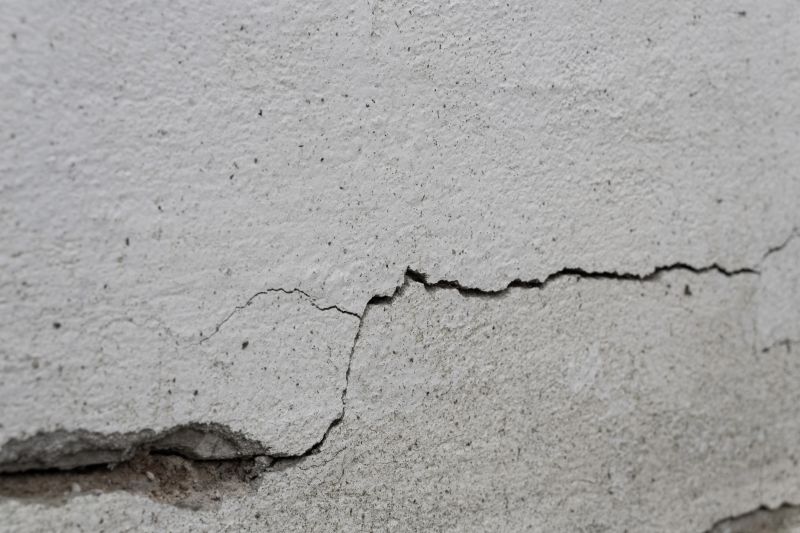
Cracks, uneven floors, and sticking doors are common indicators of foundation issues.

Repairs may include underpinning, piering, or slabjacking depending on the problem.
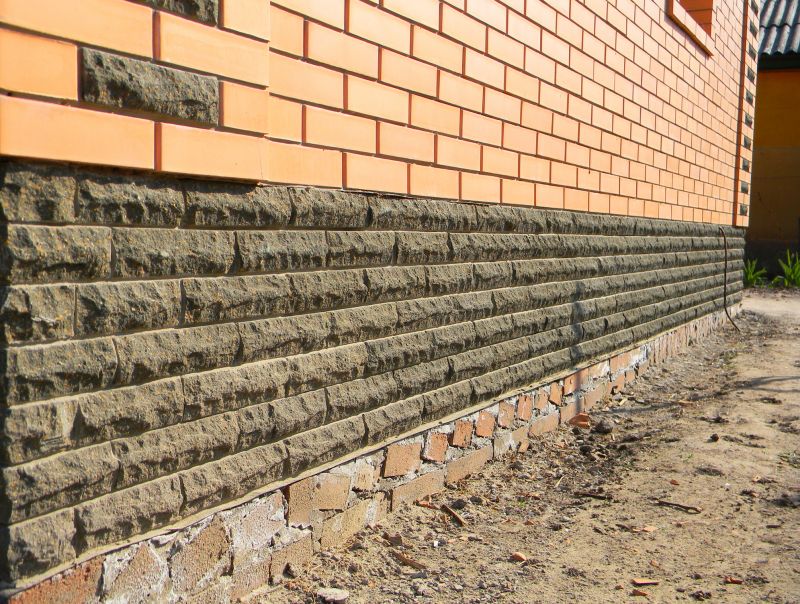
Early intervention can prevent extensive damage and reduce repair costs.
Ways to make Foundation Repairs work in tight or awkward layouts.
Popular materials for Foundation Repairs and why they hold up over time.
Simple add-ons that improve Foundation Repairs without blowing the budget.

